Wireless timing for motorsport. Constructive and software
Hello.
In the last article, I described the process of creating a timekeeping system for motorsport. Due to some interest in the development, the whole thing was formalized and painted in blue. I spreadnot a lot of photos.

The basis of all sensors, supports and brackets are made of 25mm square tube. Directly sensors and radiators are hidden inside the pipe, this allows them to be somewhat protected from the effects of various vehicle wheels. (Unfortunately, plastic cases do not stand the wheels of trucks, which was verified experimentally, but not on purpose).
Using a little welding and vice, the sensor housings and the supports for them are assembled, then the bolt is welded to the sensor and the sensor can be screwed into the base.


Then electronic guts are inserted inside and all parts are painted with blue paint.
')
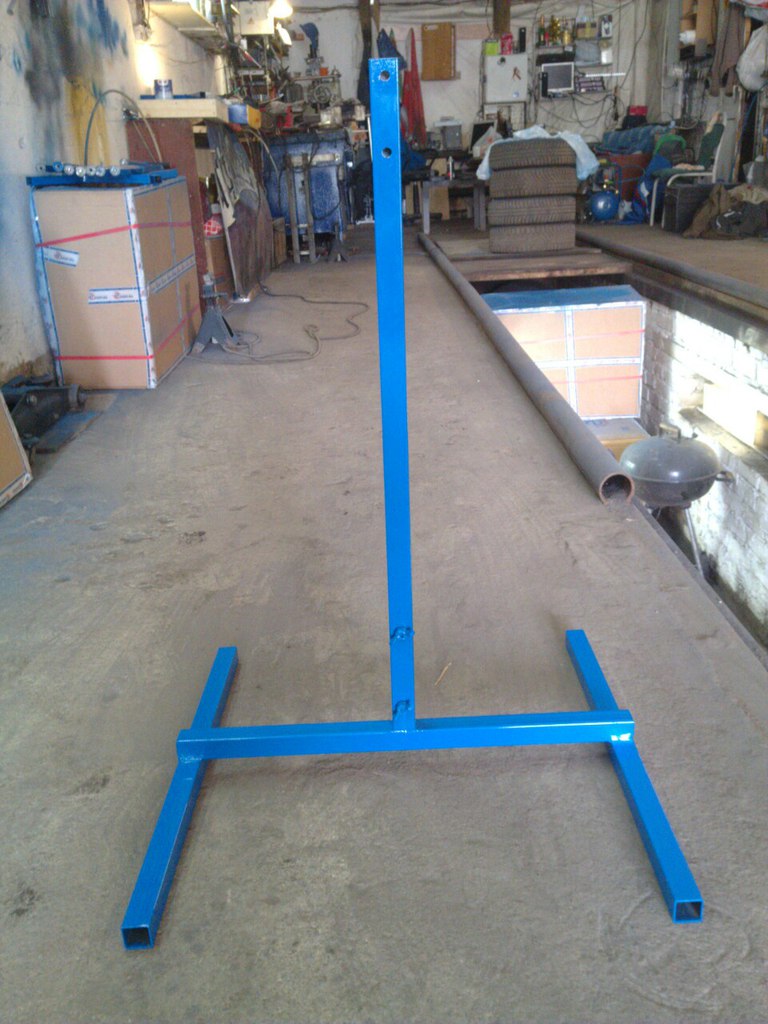

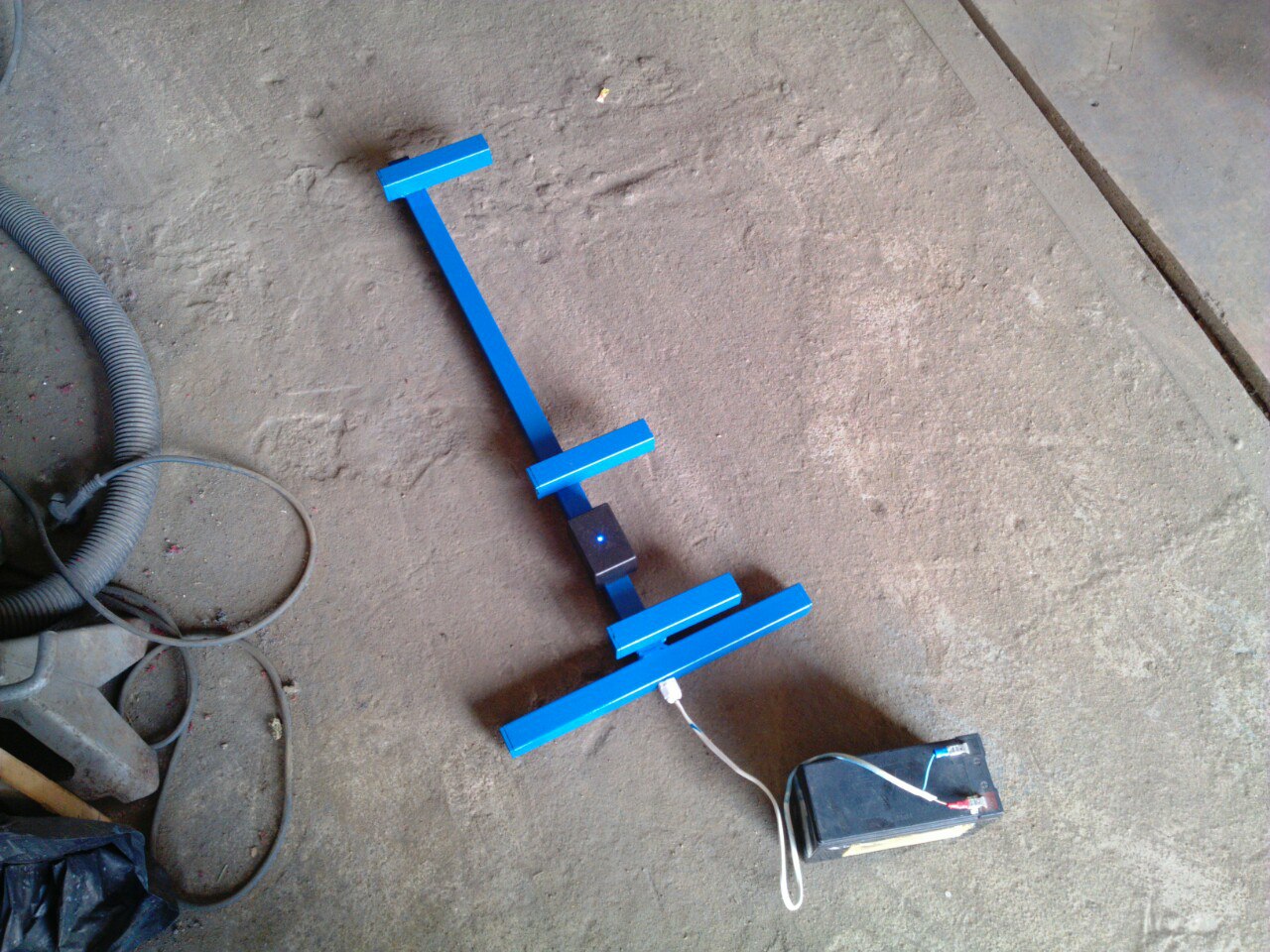
Part of the fastener parts made by 3D printing
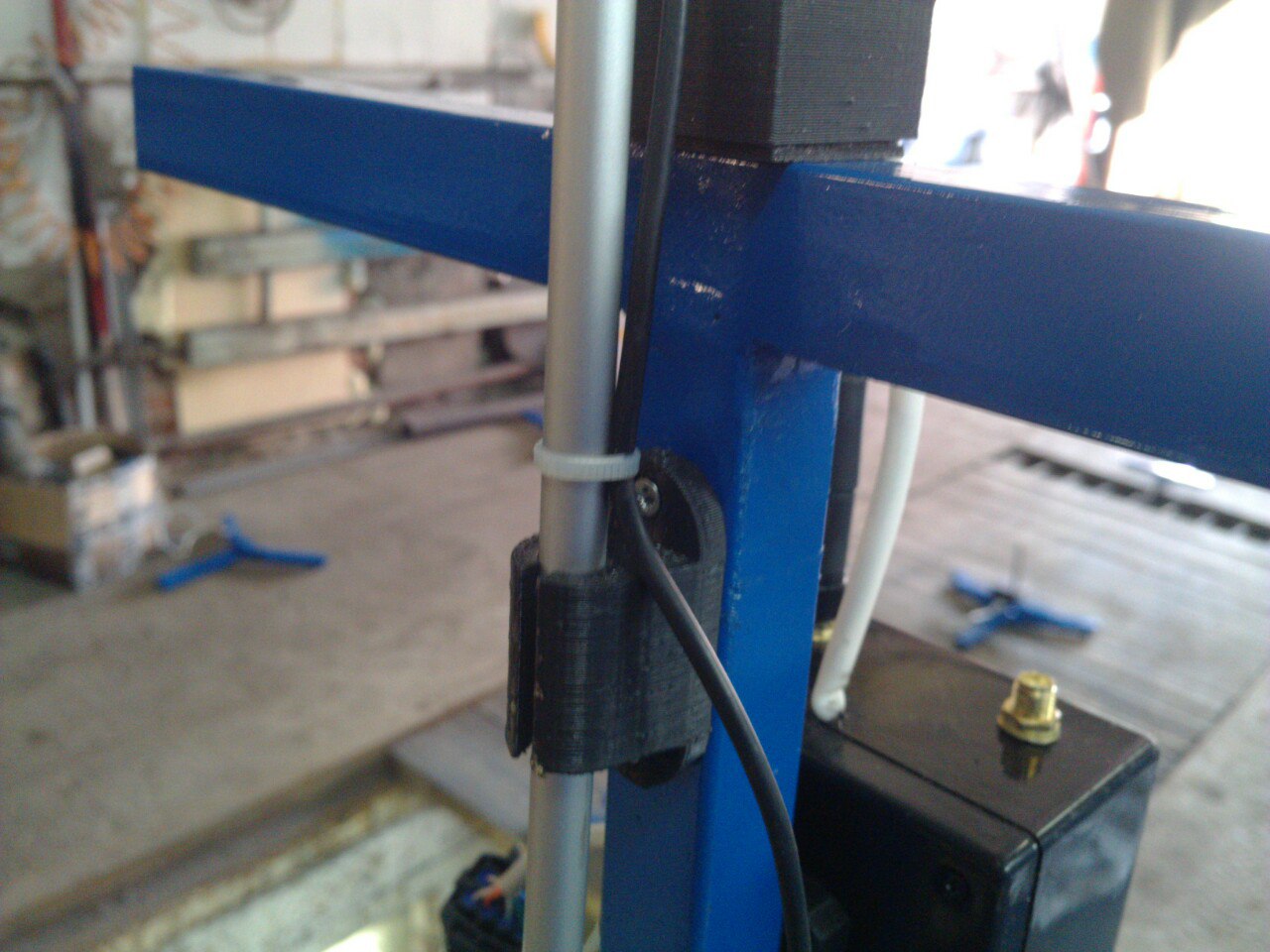

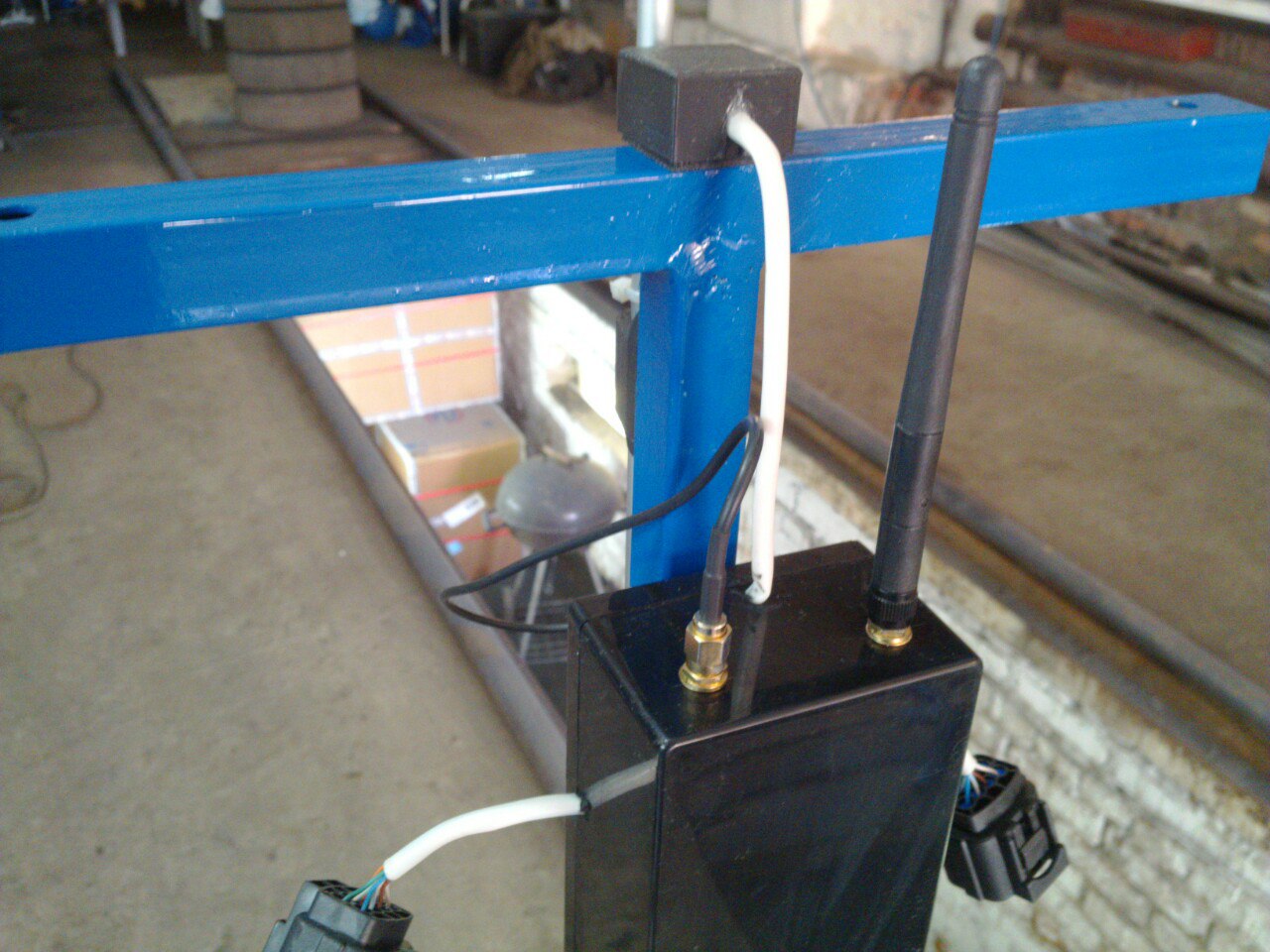
Antennas
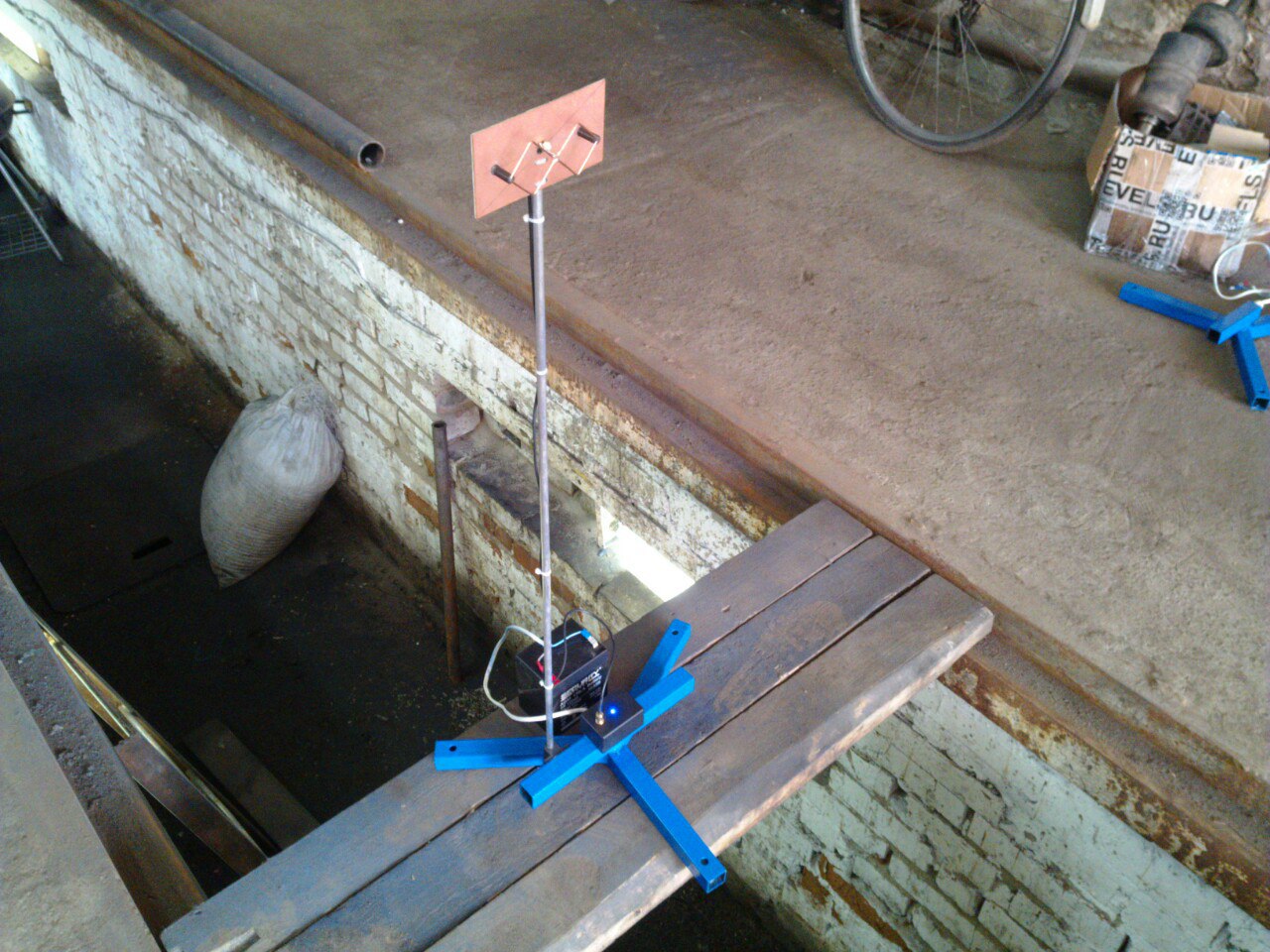
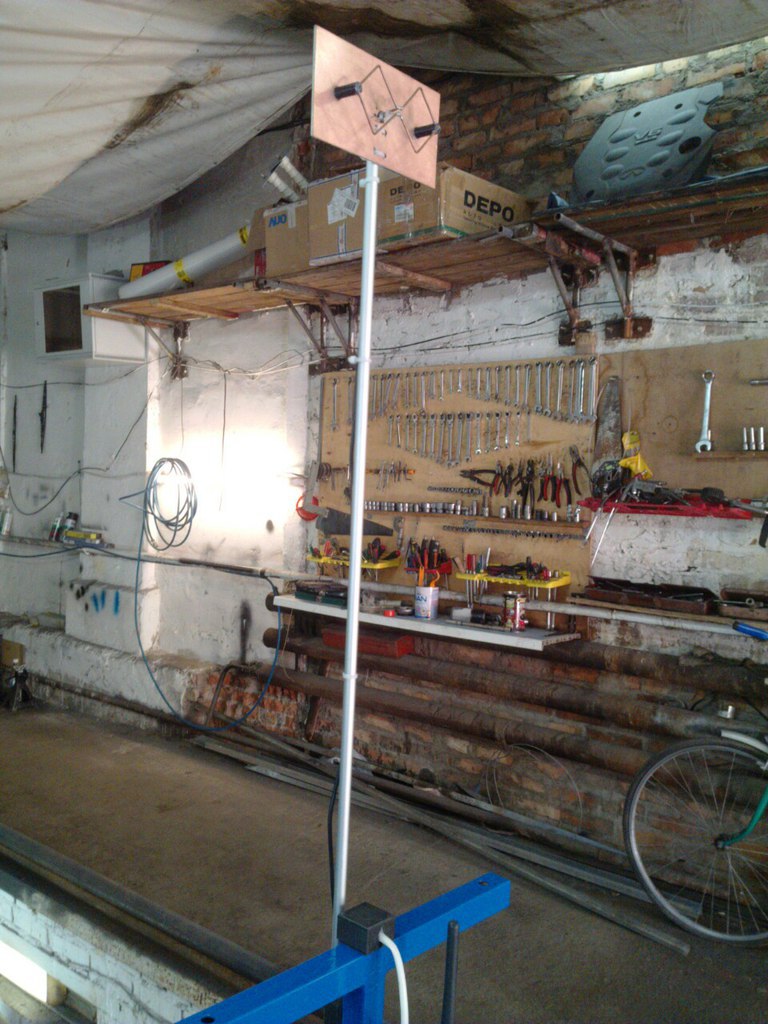
Traffic light

All a bunch

For wireless communication, NRF24L01 + modules were used; with frame antennas, stable communication was maintained up to 800m, there was no need for further.
Synchronization of blocks with each other is carried out over the air, according to the protocol, a la "NTP".
The module IRQ signal is used to take time stamps. This method gives the run-up time between the blocks within 0.1 ms. Synchronization is carried out once every 5 seconds.
To transfer data to the software, the ESP-07 (esp8266) module with AT firmware is used.
The software is made of two families - on the android platform (tablet) - mobile, stylish, youth. If you do not have a separate table and chair at the event and you have to sit in a car in the winter, mobility decides a lot.
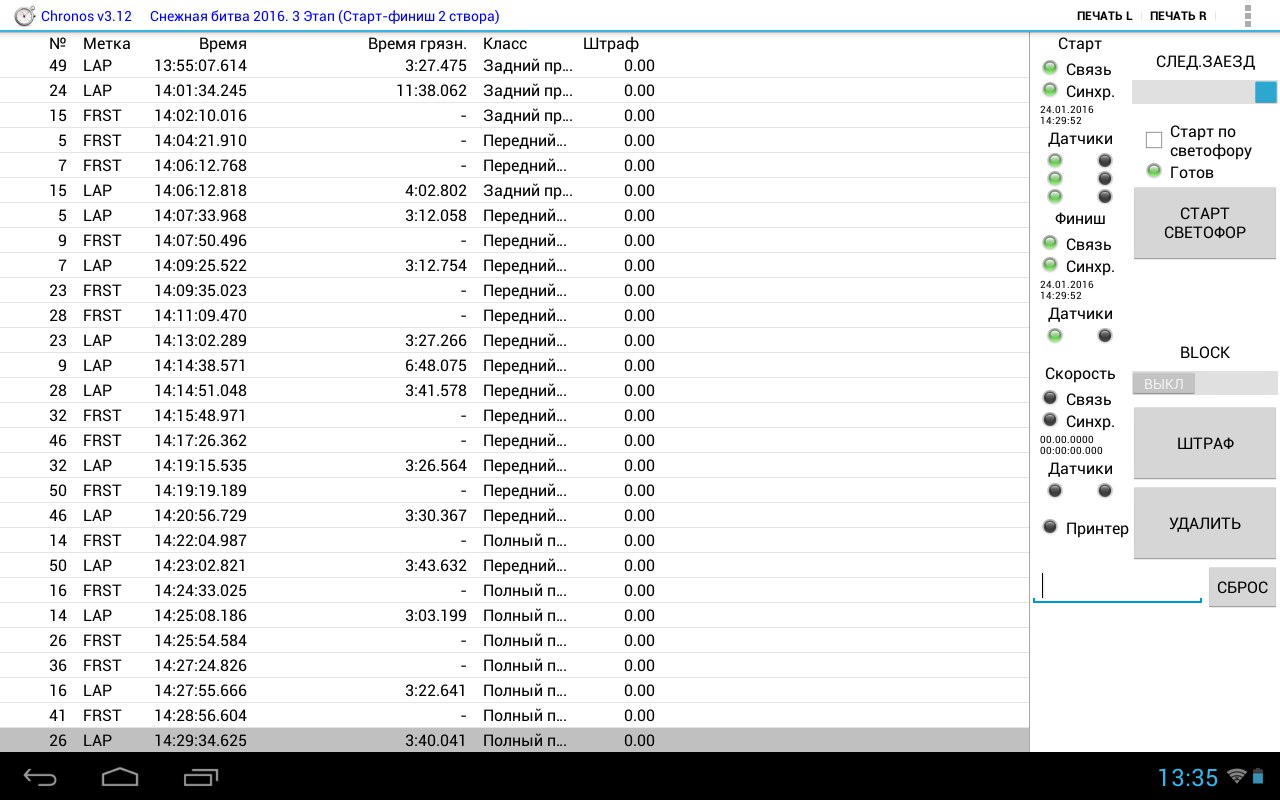
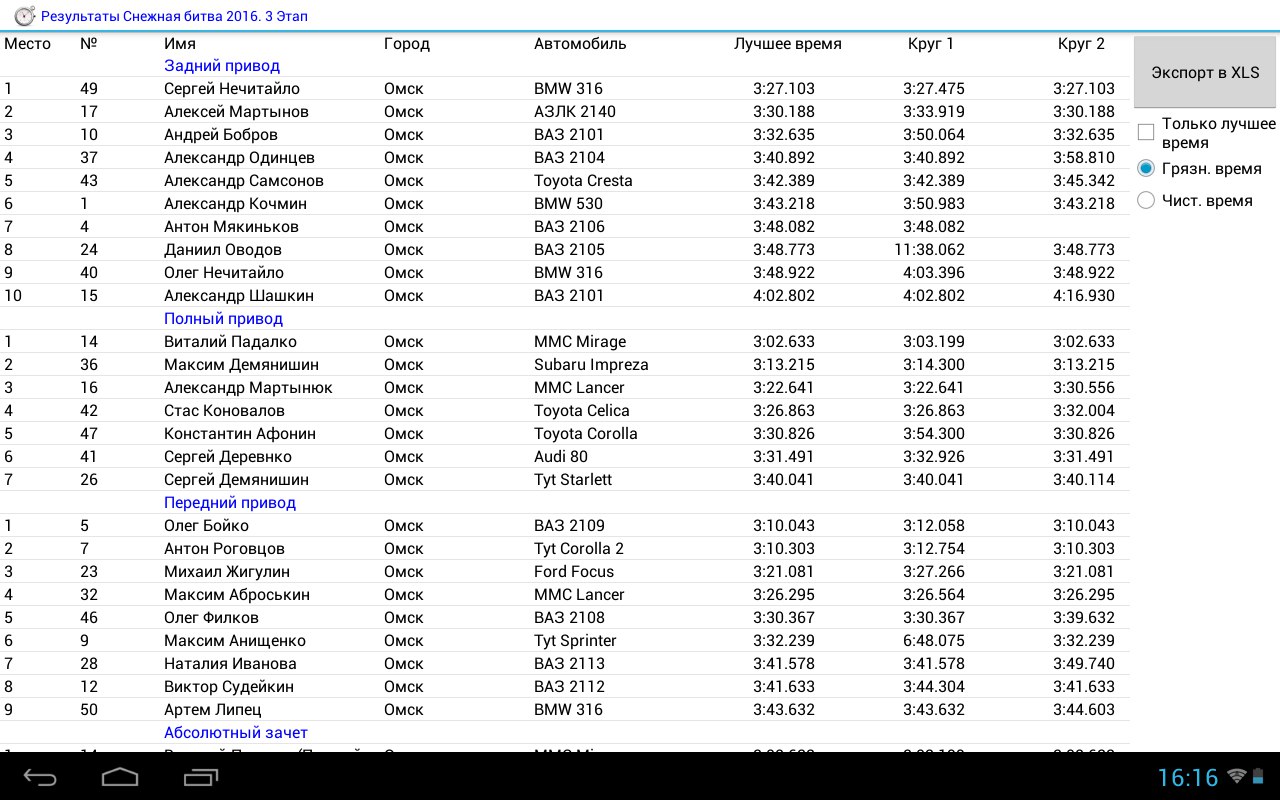
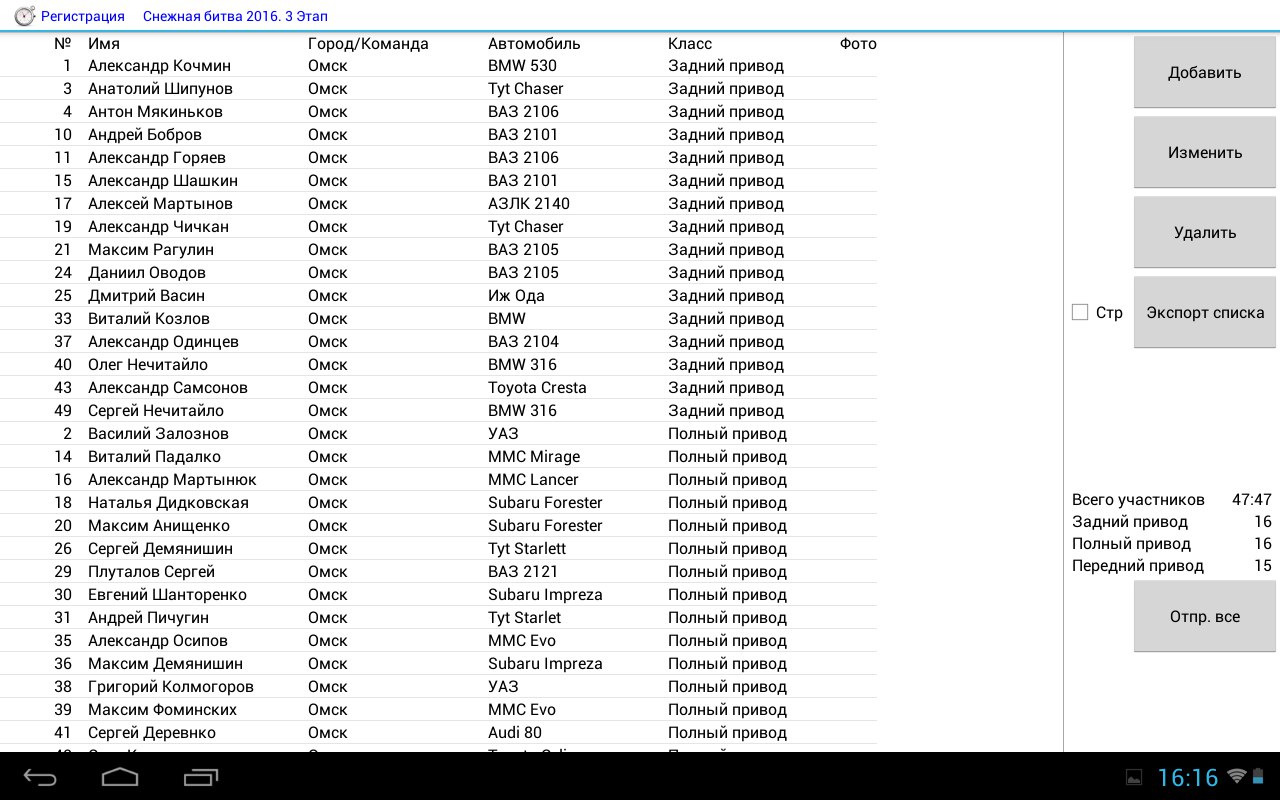
And for the Windows platform. When you have a separate table, chair, laptop with a large screen and a mouse at the event.


The system’s hardware itself is not tied to any type of race, all calculations are carried out in the software, and it is possible by placing the sensorswhatever in a certain way, get almost any race mode.
If there is an available Internet connection, the program dumps the data directly to the site, and you can evaluate the results of the races without departing from the cash register.
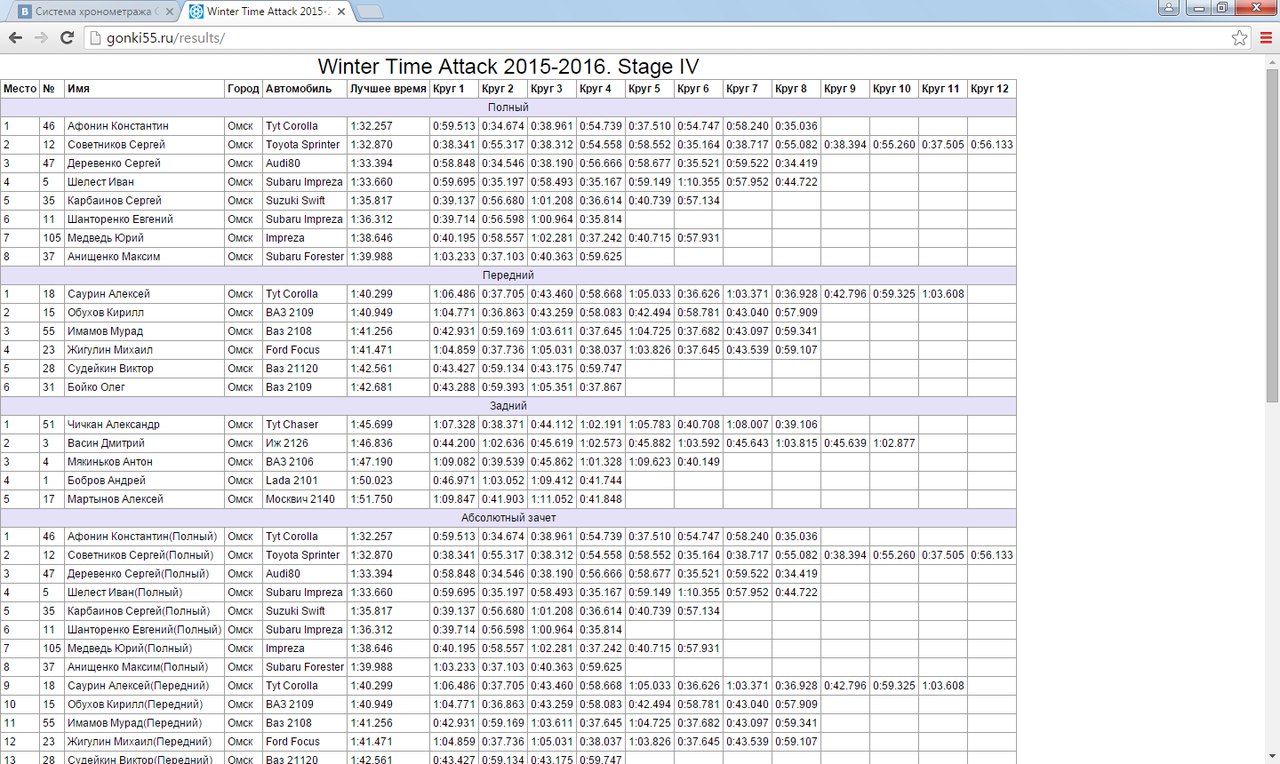
Upon request, a check printer connection was made, a la Race America.
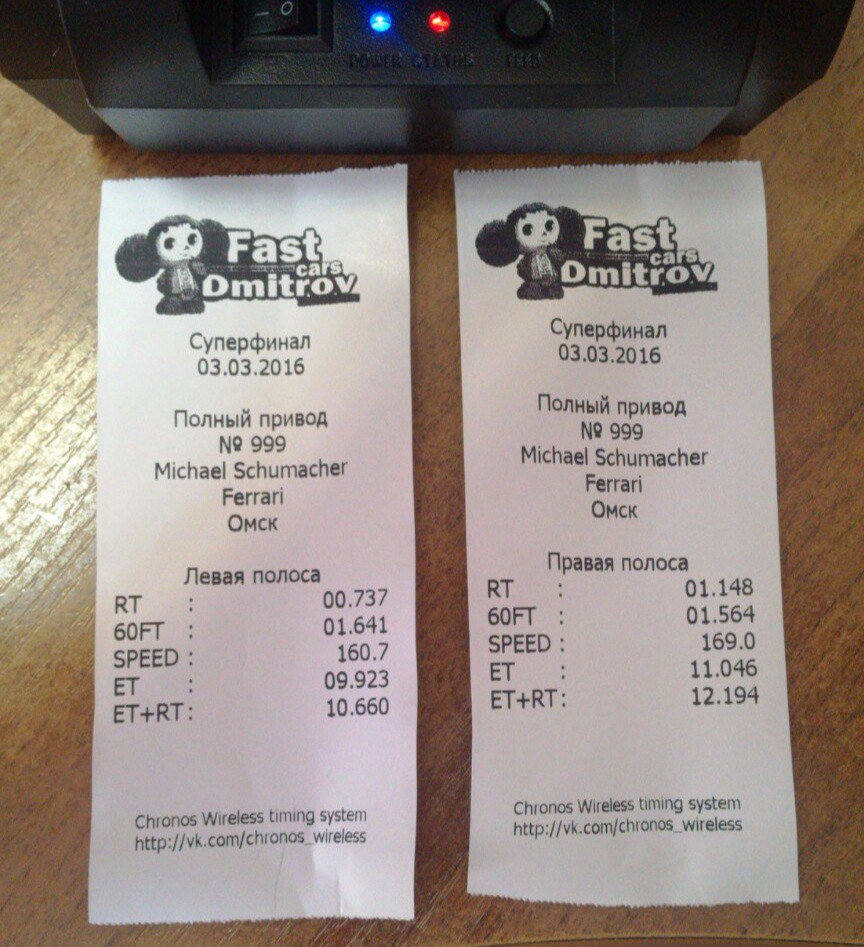
Another option to alert viewers is to output a table of results on a detached TV. With the help of the android-prefix connected to the general local area network of the system.
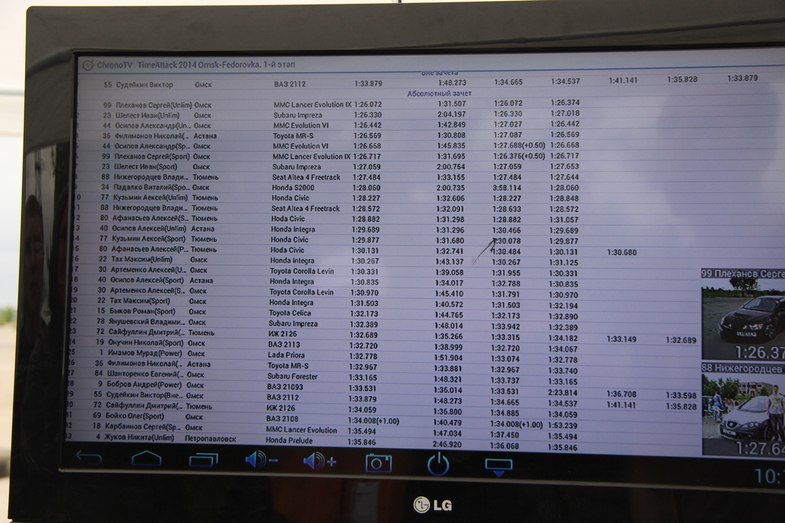
In fact, all of these conclusions on the site, the scoreboard and the television were made to soothe their own nerves, for the crowd besieging the operator with the question "what is my time?" can bring to a boil.
Although, it does not reach everyone, but the number of such questions falls by an order of magnitude.
Further in the plans - connecting a large scoreboard to display the results to the audience. And an attempt to make sensors with built-in Li-Ion batteries, so as not to carry 10kg of lead with them.
And yes, there is no arduino here.
In the last article, I described the process of creating a timekeeping system for motorsport. Due to some interest in the development, the whole thing was formalized and painted in blue. I spread

The basis of all sensors, supports and brackets are made of 25mm square tube. Directly sensors and radiators are hidden inside the pipe, this allows them to be somewhat protected from the effects of various vehicle wheels. (Unfortunately, plastic cases do not stand the wheels of trucks, which was verified experimentally, but not on purpose).
Using a little welding and vice, the sensor housings and the supports for them are assembled, then the bolt is welded to the sensor and the sensor can be screwed into the base.


Then electronic guts are inserted inside and all parts are painted with blue paint.
')



Part of the fastener parts made by 3D printing



Antennas


Traffic light

All a bunch

For wireless communication, NRF24L01 + modules were used; with frame antennas, stable communication was maintained up to 800m, there was no need for further.
Synchronization of blocks with each other is carried out over the air, according to the protocol, a la "NTP".
The module IRQ signal is used to take time stamps. This method gives the run-up time between the blocks within 0.1 ms. Synchronization is carried out once every 5 seconds.
To transfer data to the software, the ESP-07 (esp8266) module with AT firmware is used.
The software is made of two families - on the android platform (tablet) - mobile, stylish, youth. If you do not have a separate table and chair at the event and you have to sit in a car in the winter, mobility decides a lot.



And for the Windows platform. When you have a separate table, chair, laptop with a large screen and a mouse at the event.


The system’s hardware itself is not tied to any type of race, all calculations are carried out in the software, and it is possible by placing the sensors
If there is an available Internet connection, the program dumps the data directly to the site, and you can evaluate the results of the races without departing from the cash register.

Upon request, a check printer connection was made, a la Race America.

Another option to alert viewers is to output a table of results on a detached TV. With the help of the android-prefix connected to the general local area network of the system.

In fact, all of these conclusions on the site, the scoreboard and the television were made to soothe their own nerves, for the crowd besieging the operator with the question "what is my time?" can bring to a boil.
Although, it does not reach everyone, but the number of such questions falls by an order of magnitude.
Further in the plans - connecting a large scoreboard to display the results to the audience. And an attempt to make sensors with built-in Li-Ion batteries, so as not to carry 10kg of lead with them.
And yes, there is no arduino here.
Source: https://habr.com/ru/post/392463/
All Articles